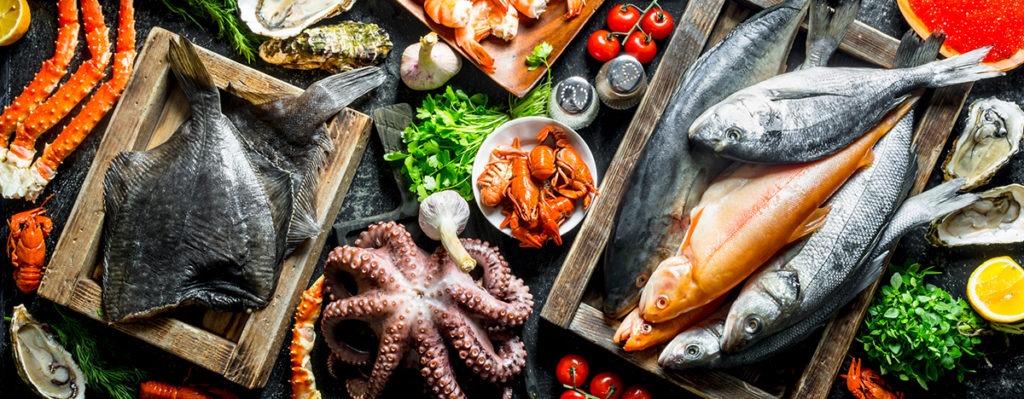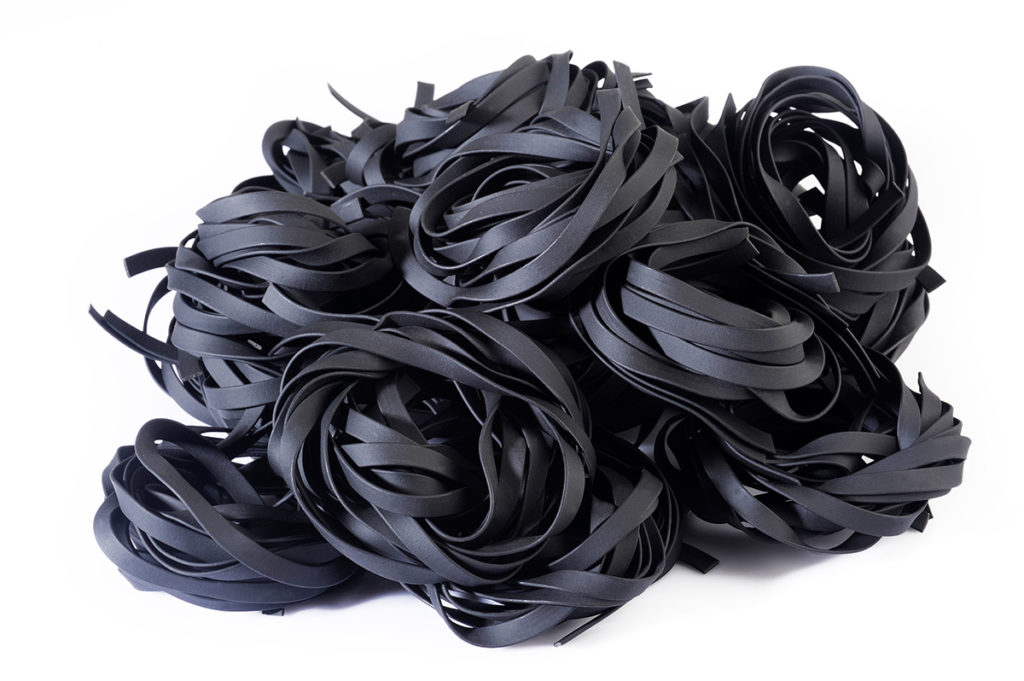The Sea’s Bounty
New opportunities are surfacing from the depths of the ocean. Lately we are noticing a raft of offerings:
Sea-Cuterie. As more consumers look for meat-alternative protein sources, it doesn’t necessarily mean they are looking for strictly plant-based solutions. Flexitarians are behind the fact that significantly more consumers are looking to increase their seafood consumption than to increase their veggie burger consumption.1 Up next is Sea-cuterie — Australia’s marine-based answer to cured meats – an alt-protein option that involves pickled, fermented, smoked or aged seafood and complimentary pairings presented in traditional charcuterie board fashion.2

Marine Plants. For those who do prefer plant-based protein, the sea has several offerings. There’s current buzz around superior protein yield items such as seaweed3 and microalgae4. Seaweed, which has penetrated the West through sushi and salad, is a rich source of nutrients and flavor and has recently branched out into snacks. While microalgae is still undergoing development as a potential bulk protein source, Spirulina — one version — has since made its way into energy bars, popcorn and smoothies.5 In addition, Seaweed and Microalgae boast new sustainability stories as they don’t require freshwater, pesticides or arable land for cultivation.
Squid Ink. The ocean provides an important eye-candy factor, especially when it comes to color. As we’ve seen, color plays an important role in food and beverage, sparking trends from Unicorn Frappuccino to Purple Cauliflower. For 2020, food delivery platform Uber Eats is predicting an increase in orders of squid-ink based items6 — attributed not just to its nutritional profile, but to its signature black color and power to transform ordinary items like pasta, rice and bread into surreal consumption experiences.

While the conversation has been fixated on land-based answers to food and beverage innovation, we think it’s worth considering those of the deep blue sea.
[1] “Seafood Rides the Flexitarian Wave in Fast Food”, QSR, 1/20
[2] “Sailing on the Sea-Cuterie Trend”, Winsight Grocery Business, 2/10/20
[3] “Foodie Fashion for Hungry Hipsters”, Food Navigator, 2/28/20
[4] “Microalgae for Food”, Food Navigator, 2/24/20
[5] “By the Way, Doctor, Is Spirulina Good For You?”, Harvard Medical School, 4/11/19
[6] “The Food You’ll Be Ordering in 2020”, Forbes.com, 12/10/19
